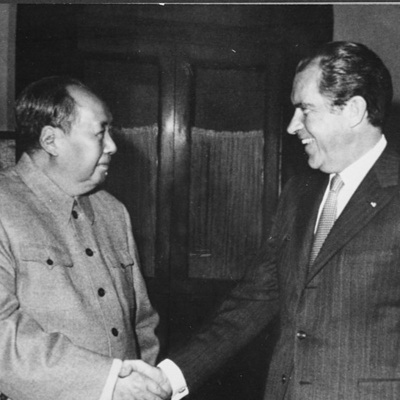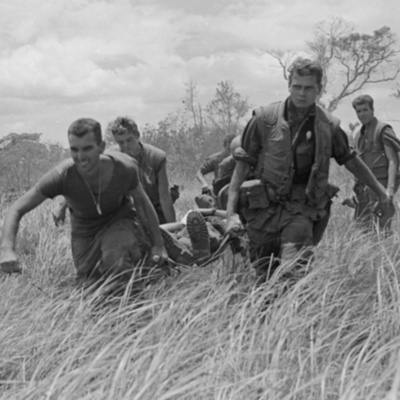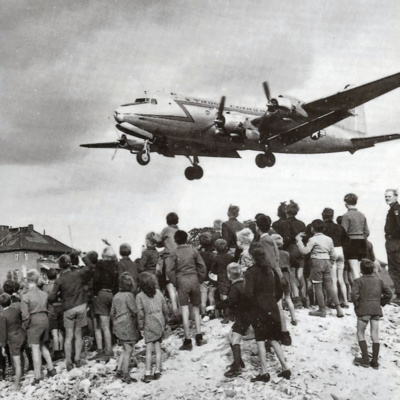
ADST: Cold War Podcast
By Cool Ben

ADST: Cold War PodcastAug 17, 2023

Afghanistan part 2
us to work together preserving the experiences of America’s diplomats.
Afghanistan played a critical part in the end of the Cold War. As we recall from the last episode, the government of Afghanistan was overthrown in the 1978 Saur Revolution. After the fall of the Afghani government to the Communist revolution, Afghanistan was still divided between many factions such as the Communists and Mujahedeen. In this episode, we will witness the Soviet invasion of Afghanistan in the years following the Saur Revolution.

Afghanistan part 1
On December 24, 1979, the Soviet Union invaded Afghanistan. This was controversial because before the invasion, the Soviet Union signed a treaty with the Afghan government known as the “Friendship Treaty” in 1978. This agreement provided the Afghan government with economic and military assistance, and allowed the Soviet Union a greater foothold in the country. However, Afghanistan no longer benefited from the treaty after President Nur Muhammad Taraki was overthrown by future-president Mohammed Daoud Khan. The instability of Afghan politics gave opportunity for the Soviet Union to spread their influence and gain control over new territory.

China 1960 - 1972

Vietnam 1950 - 1975

Cuba 1955-1960
Few moments during the Cold War were as iconic and memorable as the Cuban Missile Crisis of 1962. This manifestation of Cold War tensions exemplifies both the success and failure of United States containment policy in the early stages of this global conflict. In this episode, we cover the rise of Fidel Castro, the failure of the Bay of Pigs, and the Cuban Missile Crisis itself, all from the perspective of America’s Foreign Service Officers.

South Korea and Iran 1950-1954
The early stages of the Cold War grew quickly, testing its limits in proxy states. Beginning with Korea and Iran, these were critical points of the war in which communist states and anti-communist states came into direct military conflict and civil war. In this episode, we cover how the US-Soviet rivalry was present in both the Korean Peninsula and Iran, all from the perspective of America’s Foreign Service Officers.

E2 NATO, Europe, Fall of 中国大陆1945-1949
The Cold War began as Europe was recovering from economic devastation. In response, the United States sent economic aid to various countries in order to strengthen its influence and their individual defense against the Soviet Union. Because of this, the Soviet Union would counter. In this episode, we cover Winston Churchill’s Iron Curtain speech, and President Harry Truman’s “Truman Doctrine” and its call for the Marshall Plan in countries like Greece, Turkey, and Germany, all from the perspective of America’s Foreign Service Officers.

The Non-Aligned Movement
The Cold War began in the aftermath of World War II. Ideological division rose from the victorious Allies: capitalism versus communism; a race seeking global influence between the United States and the Soviet Union. However there was a movement of countries who did not want any part of choosing sides: the Non-Alignment Movement. In this episode, we cover how a group of nations rose to confront the US-Soviet rivalry and established the Non-Alignment Movement as a “third road” in geopolitics, all from the perspective of America’s Foreign Service Officers.